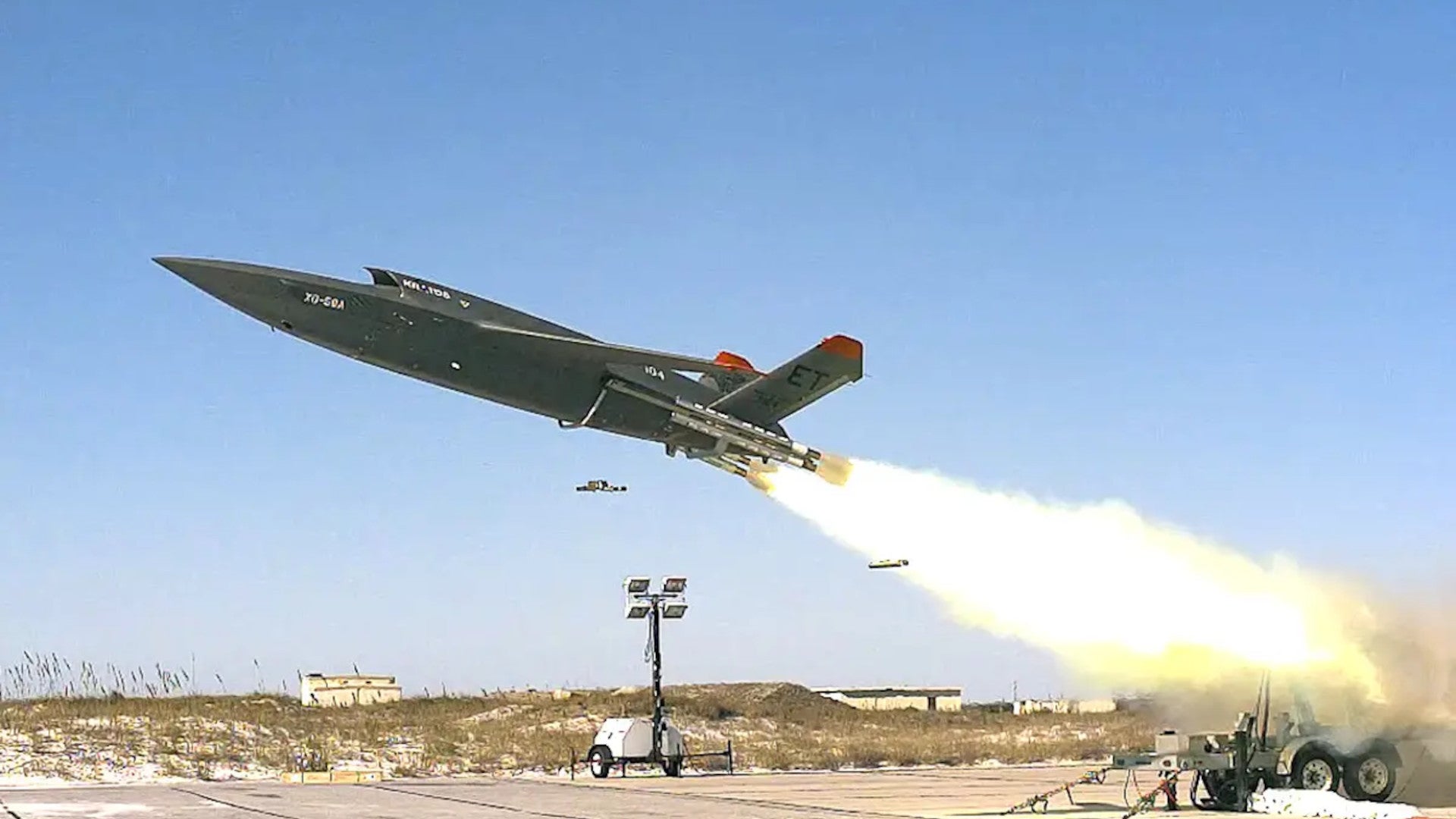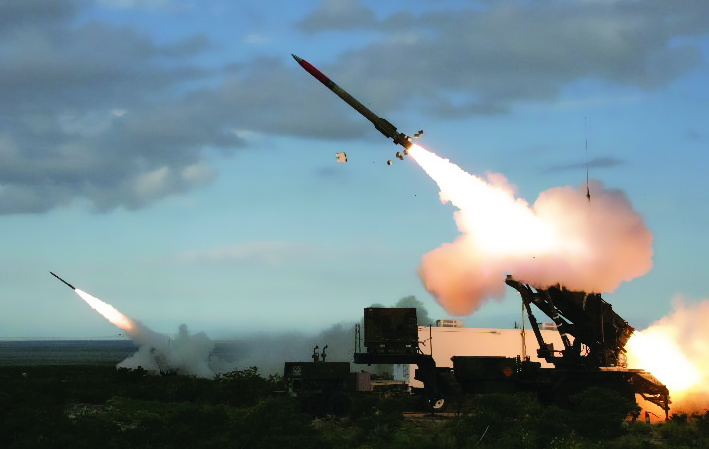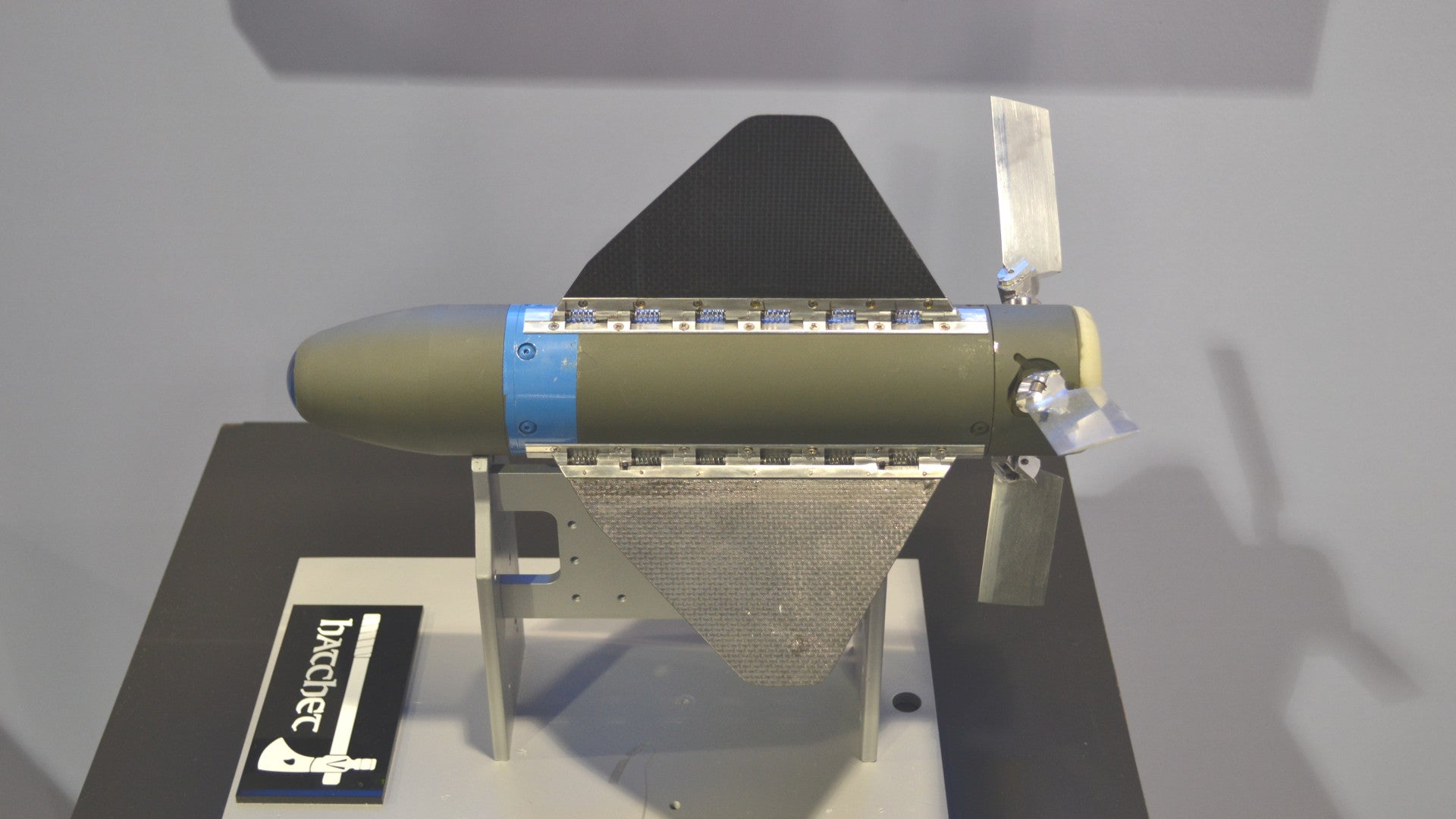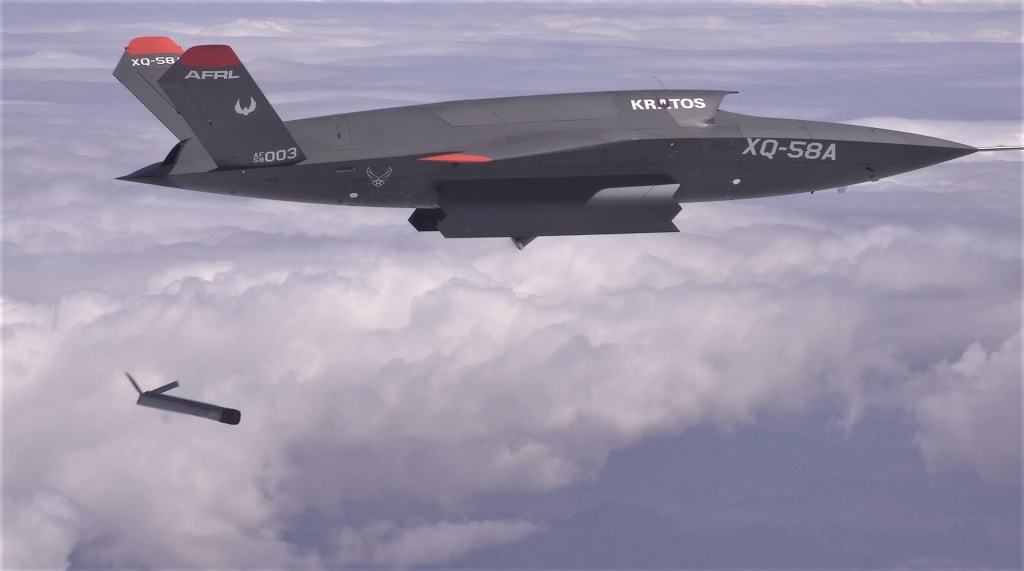France 1940.
Iraq 1991 and 2003.
Attackers broke through and reached the capital city effectively unopposed. War over.
It wasn't.
As Dunkirk was not a decisive victory and was the most important factor for the Nazis' eventual defeat in Western Europe, same with Operations Cycle and Aerial, while the French Army continued fighting on the continent well into June. The Iraqis in 1991 capitulated in 72 hours. The French also surrendered not because their capital city was taken (what? is this a Hearts of Iron game?) but because literal Nazi sympathizers couped Daladier's government, arrested him with his staff
in Morocco, but only after the government had fled twice previously, and forced an armistice.
Because they were Nazis, obviously, is why Petain surrendered and Weygand despaired. Not because France was beaten. France was never beaten, it was merely put in a disadvantageous position, and France never capitulated in any true sense. The French civilian government were intending to fight on from North Africa until the Vichy collaborators captured them.
De Gaulle merely continued this fight from the colonies where Daladier failed, and as history shows us, eventually won.
Iraq in 1991 is accurate-ish. The Iraqis stopped the U.S. at Phase Line Bullet, though.
I would consider Syria in the Golan Heights to be more in the realm of such things. Iraq 2003 was decidedly not, as the U.S. was stopped multiple times on account of enemy resistance and simple weather. 3rd ID halted an assault near Karbala, was stopped temporarily in Baghdad too, and had a command post hit by ballistic missile, among other things.
At the moment it seems like "big breakthrough" efforts need to conducted to achieve "small advance", which is the worst of both worlds.
Heavy equipment, deep magazines, and lots of bodies are needed, none of which the West has today.
A-10s are not conductive to this sort of heavy attrition-based warfare. Too expensive to stockpile, too hard to maintain, too difficult to fly. Today resembles 1915's Western Front or 1951 Korea's stalemate, more than anything, which means you need things closer to munitions than manned attack aircraft.
A-10 would be excellent to sell to Colombia to fight the FARC, to India to fight the Maoists, or to Mexico to fight the cartels, though. That's the literal sort of wars it was built for.
Depends entirely on the combat range of the vehicles. Tanks with a 300mile range on a load of fuel? They can raid anywhere within about 100 miles of their refueling point, fight and return, and the US did that in Iraq. Twice.
These kinds of deep raids like the 95th Air Assault Brigade did are no longer possible in Ukraine. It mostly has to do with the proliferation of highly accurate and lethal anti-tank artillery systems like ZALA Lancet.
What shin_getter fails to grasp is that this is not some unanticipated problem or novel thing, it's just an extension of the anti-tank missile threat writ large that people have been troubling themselves with since 1973. It's merely a speed bump to the eventual ability of tanks to conduct major mechanized offensives again. They just need some teething periods dealing with the problem and may eventually use drones themselves to provide the necessary solutions.
They ain't going anywhere, neither are CAS aircraft (or perhaps more accurately, strike platforms), but they will both need to change.




